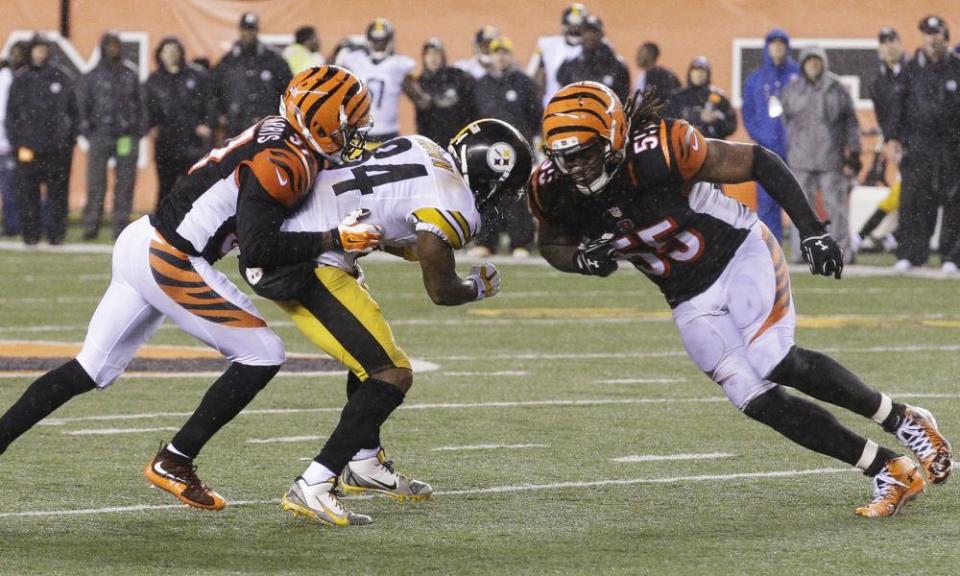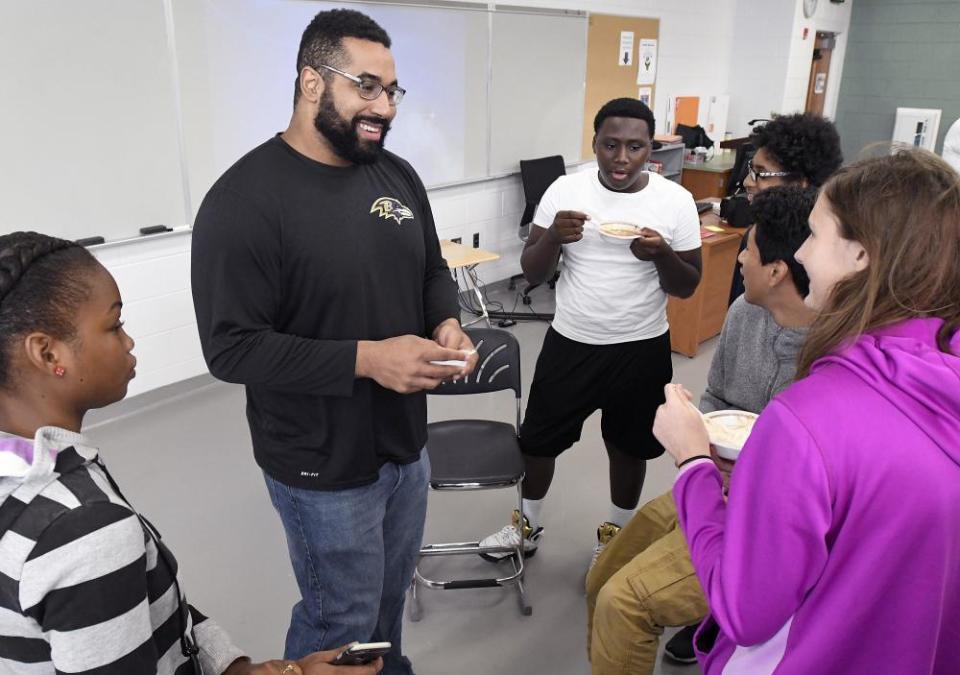Brain trauma is scary, but the NFL is as popular as ever. The people have spoken
Football’s head trauma epidemic is affecting the NFL, but in ways that could unpredictably affect the sport’s heretofore bulletproof business model

Like training camp stories on the upside of undrafted rookies, the reports of the NFL’s death are greatly exaggerated. When the latest study with sobering findings on the sport’s impact to its participants brains hit last week, revealing that 110 of 111 brains of former NFL players were found to have CTE, the result was the now-standard concussion news cycle punditry proclaiming that the NFL could face extinction in the not-so-distant future.
That argument was only bolstered two days later when Baltimore Ravens offensive lineman (and MIT PhD candidate) John Urschel abruptly retired from football at age 26, adding to the trend of NFL players deciding to step away from the sport early in their careers.
Yet while Urschel and others are choosing to walk away, fans are not. Philadelphia’s open practice on Sunday – we’re talking about practice – drew 23,000 people; that afternoon’s Phillies-Braves game got 20,680.
The very same day the Broncos drew their biggest training camp crowd in team history. And this is the support for two teams that didn’t even make the playoffs last year.
For all the talk last season about the NFL’s declining TV numbers, they ended up being only a small percentage off of all-time highs. The numbers actually trended up as the season went on, aided by Tom Brady’s return from suspension, overall league play improving from an ugly start and the distraction of the presidential election ending mid-season, culminating in more than 117m people watching the Patriots and Falcons in the Super Bowl.
The American public is choosing to keep football as the nation’s No1 sport and it’s not because the average person simply doesn’t know about CTE yet. Dr Bennet Omalu first found the condition in the brains of deceased players in 2005. That was 12 years ago. Will Smith’s Concussion movie came out two years ago. You’re almost as likely to hear about CTE on SportsCenter as you are about TEs and TDs. Yet 117 million still watched the Super Bowl and 23,000 chose to spend their afternoon seeing the 7-9 Eagles play two-hand touch.
It seems most fans have decided that if the players know the health risks and are choosing to take the field, then they’re fine with cheering them on. If modern society is still okay with the likes of Floyd Mayweather and Conor McGregor wailing away on each other’s skulls for 12 rounds (or one round, depending on your opinion of McGregor’s chances), then a sport in which every hit is not a head shot can’t be on the way out anytime soon. And those who feel America’s sense of compassion will lead to the demise of football? They must not have spent much time observing America of late. If there’s a debate in the country about whether the poor should have access to health care, how many Americans have genuine concern about the long-term health of football players being paid millions? Probably not enough to make a noticeable dent in ratings. If people don’t want their tax money to help cover the medical costs of others, they sure aren’t going to give up their beloved Sunday entertainment because some people who make 50 times their income might be getting hurt.

CTE is a concern for the NFL, however, even if for just purely capitalist reasons. Participation in the sport by six to 12 year-old boys has dropped 20% since 2009, proving many parents are happy to watch people play football as long as the people playing it aren’t their own flesh and blood.
But if fewer people are playing the sport, and more who are playing choose to retire early, the league will have a growing issue over quality of play. The league-wide trend to replace experienced veterans with younger, cheaper players has already impacted the product on the field, especially early in the season when younger players are still getting up to speed. Ratings will respond negatively to bad football, as they did early last season. The NFL needs bodies, as awful – yet no less true – as that sounds in the context of a discussion of CTE. To keep the number of youth players from dipping further, the NFL will keep endorsing safety initiatives like Heads Up Football and tweaking rules on things like helmet-to-helmet contact and kick returns. All of it has very limited impact on the actual safety of the sport – tackle football is inherently violent and the promised violence is why many people watch – but those types of changes around the edges have PR benefit.
But the biggest change that we could see soon in football is one that could very much benefit players. Not their brains, though. Their bank accounts. Giants superstar receiver Odell Beckham said last week that he would like to see NFL players earn the same as their NBA counterparts.
“You watch people in the NBA, and it’s crazy what they get. There are people in the NFL who deserve that,” he said to Uninterrupted. “I just want to be at the forefront, help push the league, the game that way, because I feel like the players deserve it.”
Ignoring the impossible economics of Beckham’s statements – NFL teams with 53 players on a roster will never pay the same as NBA teams that have just 15 on payroll – NFL team owners may soon find it in their best interests to pay players much more money than they’re making today. Maybe even guaranteed money finally. Urschel, a backup lineman, made $600,000 last year. Would the league be able to prevent others like him from retiring early if they were making $2m a year? Would a player of Calvin Johnson’s status step away from the game if he was pulling in $20m a season instead of $12m? The owners might just figure that paying out a little more in the next CBA will allow them to keep their sport supplied with high-level athletes so they can continue raking in massive profits far into the future.
It’s a cynical approach to dealing with a serious problem, sure, but that means it’s almost guaranteed to be what Roger Goodell’s NFL does.

